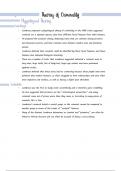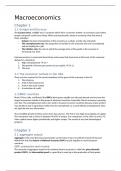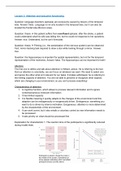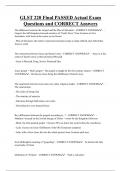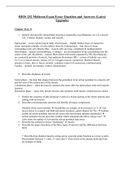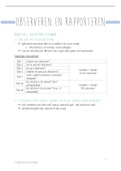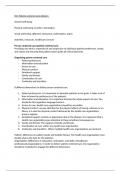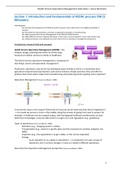Summary
Summary Criminology Unit 2 Criminological Theories Biological 2.1 Notes
- Module
- Criminological Theories
- Institution
- WJEC
I used these notes to revise for the Unit 2 Criminology exam and got an A. These are for 2.1 and the theories are laid out in a simple format which is easy to understand.
[Show more]
